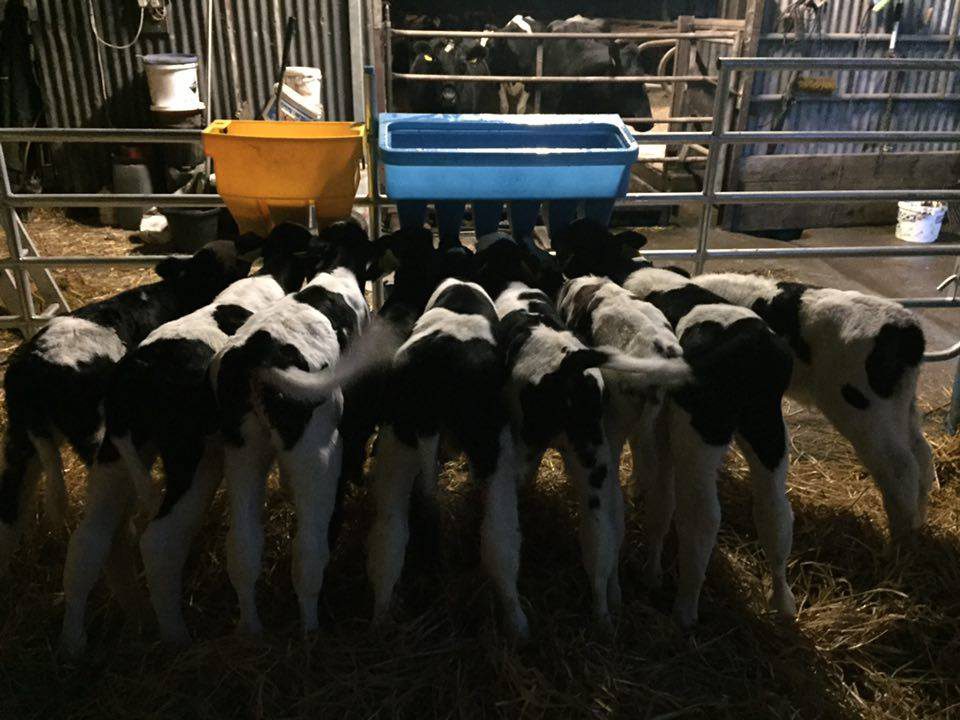Cows are beginning to calve on autumn calving farms and colostrum is going to be crucial for the calves’ start in life.
It is important for farmers to ensure that calves are receiving high quality colostrum, and are receiving enough of it as soon as possible after calving.
Unlike humans, antibody transfer does not occur in utero in cows, which means it is vital for the calf to absorb enough antibodies from colostrum as soon as possible.
If the calf does not receive colostrum or receives it as poor quality, the calf will be at a higher risk of illness and death. Even if they survive any illness, the calf will have reduced growth rates subsequently.
The importance of colostrum quality and quantity cannot be understated, as it is the foundation for calf performance, live weight gain, and resilience to disease and infection.
Farmers need to remember the ‘1-2-3’ rule so that the calf gets colostrum from the first milking for the first feed, within two hours of the calf’s birth, and gets at least 3L.
Good quality colostrum is like a vaccination for calves, as it provides them with immunity, which will give it the protection it needs, along with feeding transition milk for five days.
If cows were vaccinated before calving for the likes of cryptosporidium, then it is essential for calves to receive the right quantity of colostrum so that immunity is transferred to the calf.
Colostrum quality
Colostrum contains high levels of energy compared to normal milk, which is essential for new born calves, which have very low fat reserves that are quickly used to maintain body temperature in the absence of colostrum feeding.
Colostrum quality can be measured with a colostrometer or a brix refractometer that should read values of above 22% if the beestings is suitable to be fed for new-born calves.
High quality colostrum will be delivered from a cow that is in good condition at calving and has had a good plane of nutrition throughout the dry period.
The introduction of a quality dry cow mineral is also important in producing high quality colostrum.
Where the silage is poor, extra feeding will help improve the colostrum quality.
Timing is crucial – antibody levels are at their highest within eight hours post calving and drop dramatically after that, so feed the calf as soon as possible after calving.
In addition, while maximum absorption of antibodies occurs within two hours of birth, the absorption capacity is reduced to 50% within six hours of birth.
The colostrum needs to be collected in a clean, hygienic manner, making sure to clean the cow’s teat prior to first milking and have it going into a clean bucket.
If colostrum is not taken cleanly or stored correctly, any bacteria that is present will multiply., and prevent the antibodies being absorbed, even if the colostrum is antibody rich.
To avoid destroying any antibodies this spring when reheating the stored colostrum, heat gently at less than 50℃.

